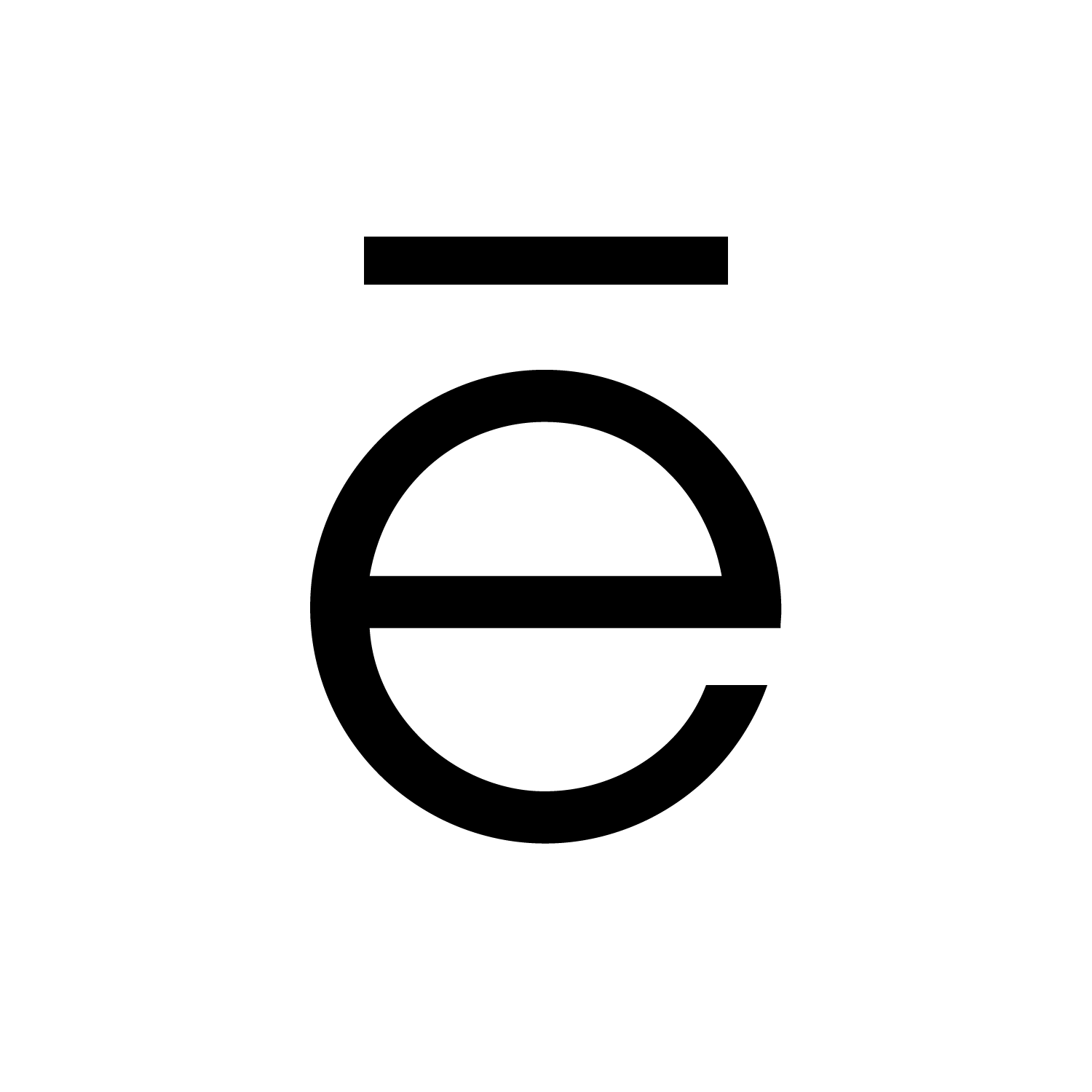Class II Functional Case: Herbst Appliance
We wanted to highlight this case as the Herbst appliance is not a commonly used functional appliance in the UK. The tradition has been to use removable functional appliances such as Twin Block, Bionator, or Activators.
Class II malocclusions are one of the commonest forms of dysgnathia. It has been noted that 30% of European and US populations have a class II malocclusion. This anomaly is caused by mandibular retrognathia.
There are multiple ways to correct a class II malocclusion and the exact treatment plan will be guided by excellent diagnostic information, analysis of the facial pattern/form, along with dental positions.
Functional appliances are a useful tool in correction of a class II malocclusion. They can be removable of fixed. The primary objective to alter the sagittal and vertical positions of the jaws along with dentoalveolar tooth movements. The nature of the orthopaedic effect on the mandible compared to normal growth is subject to controversy, however, multiple studies have concluded that there is no true long term orthopaedic growth with functional appliances.
Studies have demonstrated that the primary change for such appliances is in the dental positions and with favourable natural growth, a successful outcome can be achieved.
In cases where the discrepancy the class II discrepancy is severe and or dental compensations already have occurred, then orthognathic surgery can be the only stable way to correct this dysgnathia.
Having said all the above, we can summarise that the Herbst appliance is a great tool to have in the orthodontic box. When used correctly, the outcomes can be excellent.
The Herbst Appliance
* Re-introduced in 1979 by Hans Pancherz
The Herbst appliance is comprised of custom fabricated surgical-grade stainless steel frameworks cemented to the first permanent molars in all four corners of the patient’s mouth. These frameworks are connected by telescoping mechanisms that aid in modifying the Class II malocclusion by exerting an upward/backward force on the upper jaw and a forward force on the lower jaw. These types of appliances work comfortably with a patient’s inherent growth to affect the desired changes.
Advantages:
Compliance independent
Can be used simultaneously with braces
Can be used in adults
Works fast
Disdvantages:
Expensive
Technically more complex
Can be prone to breakages
How does it work?
Postured the lower jaw into class 1 or supra class 1 occlusion. Due to telescopic side arms
Procline lower incisors
Retrocline upper incisors
Distalisation effect of upper molars and distal tipping of upper molars (headgear effect)
Possible Increase lower face height due to mandibular extrusion.
The Case:
An 11-year-old female referred to us by her general dentist for an orthodontic assessment.
Findings:
Class II malocclusion caused by mandibular retrognathia
Increased overjet 8.5mm
Minimal crowding
Good nasio-labial angle and upper lip support/profile.
Treatment Options:
Class II removable functional appliance and upper expansion (twin block or activator) for 9 -12 months, followed by upper and lower fixed appliances over a further 15 months.
Class II fixed functional appliance and upper expansion with upper and lower fixed appliances, 27 months.
Upper and lower fixed appliances with upper extractions and maximal anchorage control with skeletal anchorage, 24 months.
Upper and lower fixed appliances, leave patient with an overjet and mandibular advancement surgery in late teens.
We agreed on option 2 in this case. The reason for this was the patient was transitioning into permanent dentition and so we wanted to treat her in one phase. The patient also wanted a fixed appliance rather than a removable appliance as she felt that she would be more compliant this way. The patient did not want any surgical intervention.
The Treatment:
Upper and lower fixed appliances non-extraction
Herbst appliance for class 2 correction 6-9 months
Locking of bite post herbst with posterior compomers
Up and down posterior elastics
Repositioning of brackets as required
Detailing and finishing
Retention with fixed and removable night retainers.
The Results:
In this case, we achieved a very nice occlusal result. The facial pattern is inherently the patient’s and functional appliances will not change this. The patient has a balanced and pleasing appearance which is enhanced by her smile aesthetics.
The buccal segments are class I and overjet/overbite 2.5mm. The use of the digital Herbst appliance was integral in the finish of this case along with the excellent control with the post Herbst elastics. The patient is extremely pleased.
Doctors:
Specialist Orthodontist: Dr Kaval Patel
Orthodontic Technician: Stefano Negrini



























